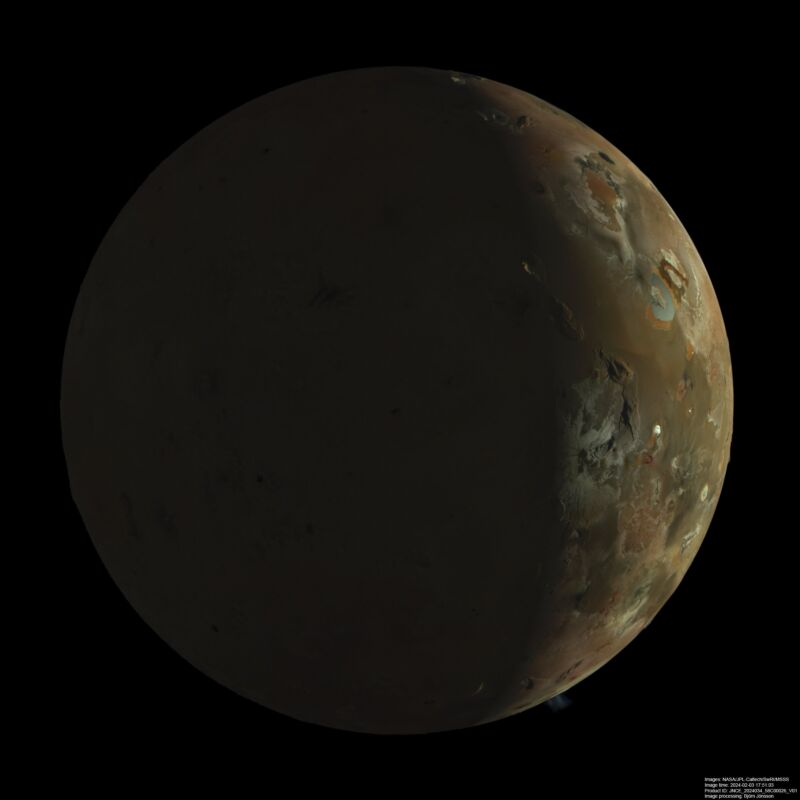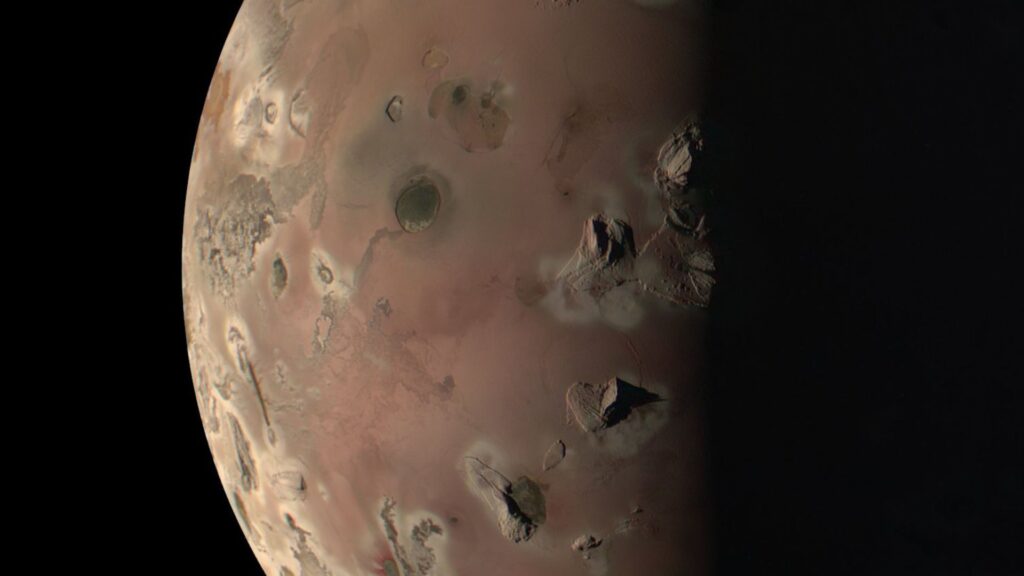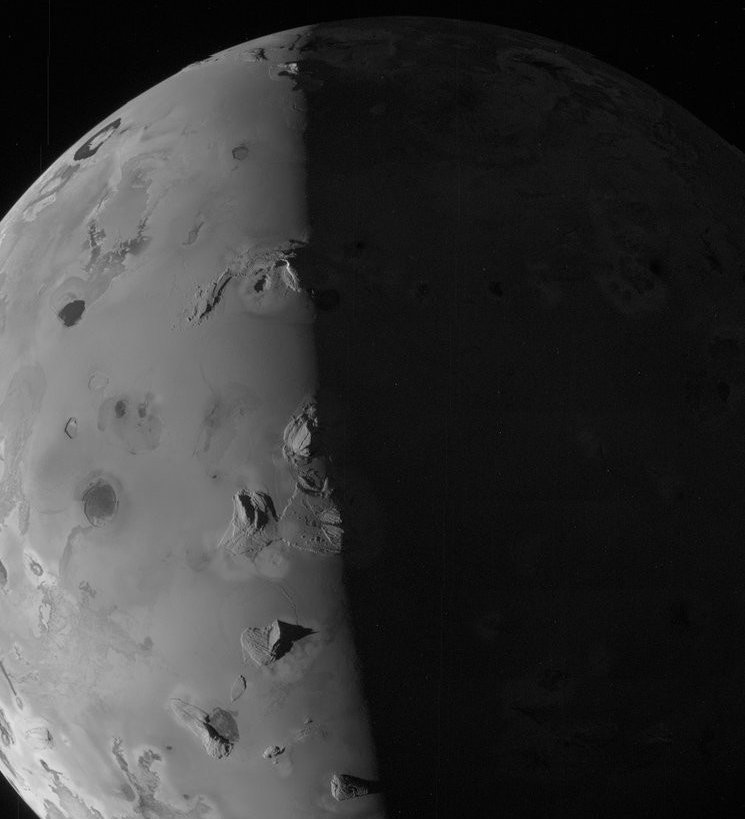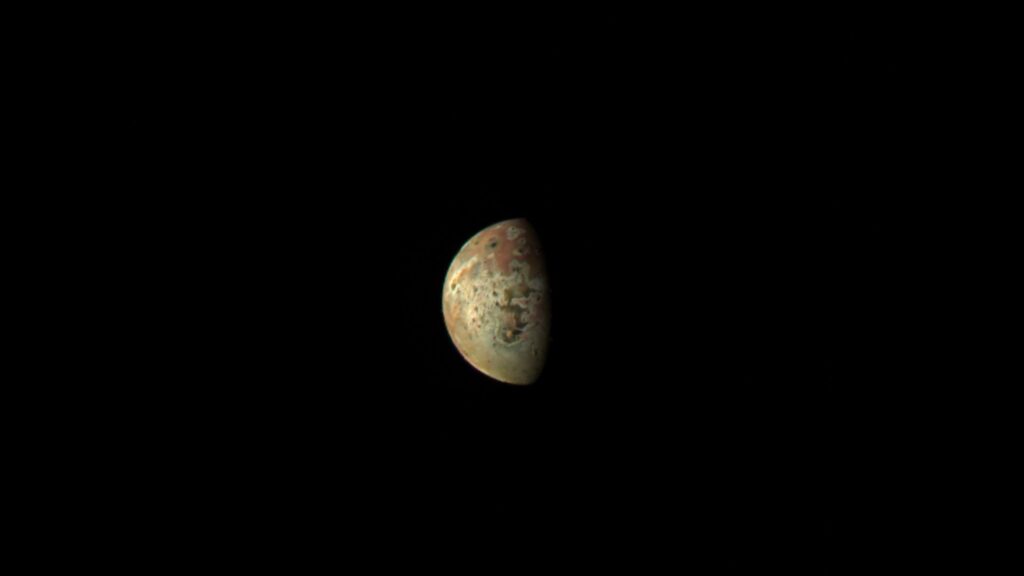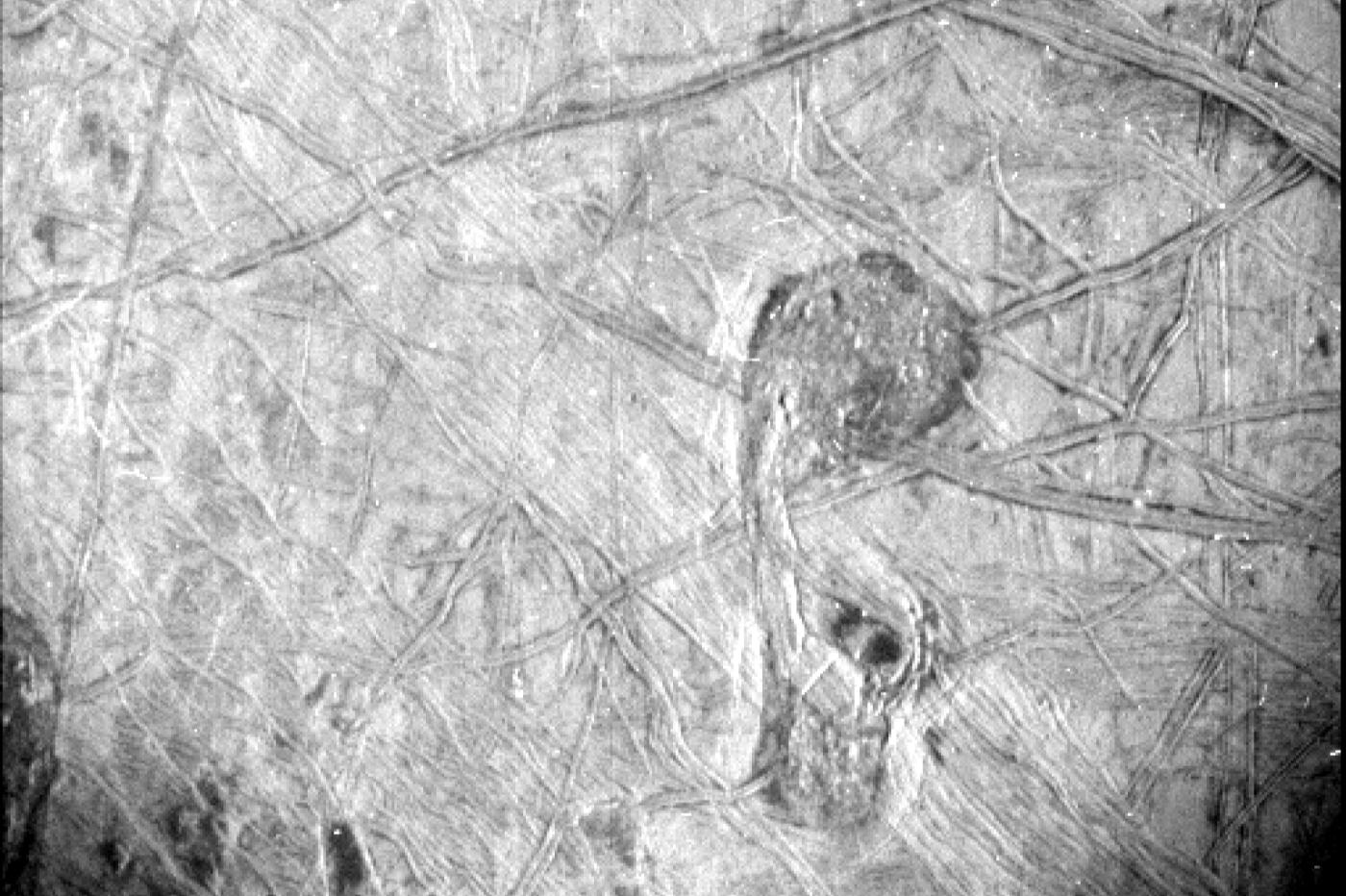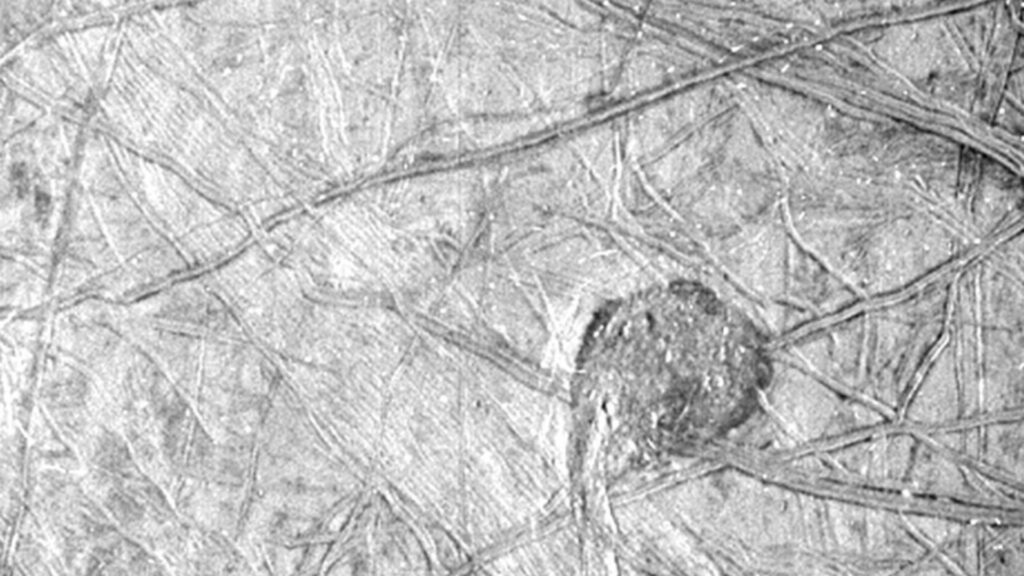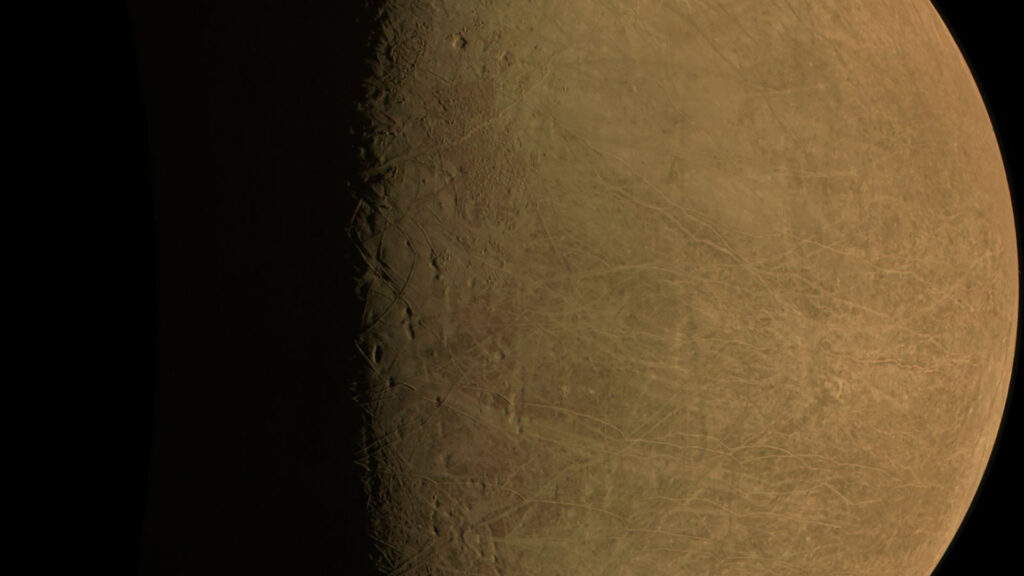-
 chevron_right
chevron_right
Io: New image of a lake of fire, signs of permanent volcanism
news.movim.eu / ArsTechnica · Yesterday - 18:17 · 1 minute

Enlarge (credit: NASA/JPL-Caltech/SwRI/MSSS/Gerald Eichstädt/Thomas Thomopoulos )
Ever since the Voyager mission sent home images of Jupiter's moon Io spewing material into space, we've gradually built up a clearer picture of Io's volcanic activity. It slowly became clear that Io, which is a bit smaller than Mercury, is the most volcanically active body in the Solar System, with all that activity driven by the gravitational strain caused by Jupiter and its three other giant moons. There is so much volcanism that its surface has been completely remodeled, with no signs of impact craters.
A few more details about its violence came to light this week, with new images being released of the moon's features, including an island in a lake of lava, taken by the Juno orbiter. At the same time, imaging done using an Earth-based telescope has provided some indications that this volcanism has been reshaping Io from almost the moment it formed.
Fiery, glassy lakes
The Juno orbiter's mission is primarily focused on studying Jupiter, including the dynamics of its storms and its internal composition. But many of its orbital passes have taken it right past Io, and this week, the Jet Propulsion Laboratory released some of the best images from these flybys. They include a shot of Loki Patera , a lake of lava that has an island within it. Also featured: the impossibly sheer slopes of Io's Steeple Mountain.

